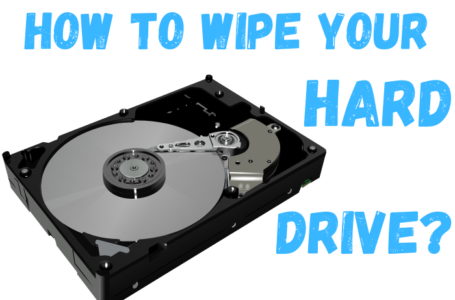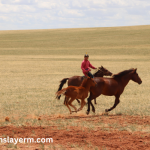
Are you growing potatoes in your garden this year? If so, you’ll want to know when to harvest them. Potatoes can be harvested early for new potatoes or left to mature for larger potatoes. Here are some tips on when to harvest your potatoes.
When Do Potatoes Usually Mature and Are Ready to Be Harvested?
Potatoes usually mature and are ready to be harvested around 60-90 days after planting, depending on the variety. However, there are a few things you can do to check if your potatoes are ready. First, take a look at the size of the potato plants. If they seem to be full-sized and healthy, it’s probably time to start harvesting. Second, look for potatoes that have started to poke out of the soil. These potatoes are usually the ones that are ready to be picked first. Third, give the plant a gentle tug. If the potato comes out easily, it’s probably ready to be harvested. Once you’ve harvested your potatoes, be sure to store them in a cool, dark place so they’ll stay fresh for longer.
What Are the Signs That Potatoes Are Ready to Be Harvested?
Gardeners know that the key to a good harvest is timing. This is especially true when it comes to potatoes. If you wait too long to harvest, the potatoes will begin to grow eyes and develop a tough skin. However, if you harvest too early, the potatoes will be small and watery. So how can you tell when your potatoes are ready to be harvested? One sign is the appearance of the plant. Once the potato plant flowers and begins to turn yellow, it is an indication that the potatoes are maturing. Another sign is the size of the potatoes themselves. Simply dig up one or two plants and check to see if the potatoes have reached a good size. If they have, then it’s time to harvest the rest of your crop. By paying attention to these signs, you can ensure that you’ll end up with a bountiful harvest of delicious potatoes.
What Is the Best Way to Harvest Potatoes So They Don’t Get Damaged?
One of the best ways to harvest potatoes so they don’t get damaged is to use a potato fork. A potato fork is a tool that has two sharp tines that are used to dig up potatoes. It is important to use a potato fork because it will not damage the potatoes like a shovel can. When using a potato fork, you need to be careful not to puncture the potatoes. Another way to harvest potatoes so they don’t get damaged is to use a spud bar. A spud bar is a tool that has a blunt end that is used to loosen the soil around the potato plant. Once the soil is loosened, you can then use your hands to pull the potato plant out of the ground. Be careful not to damage the potato plant when using a spud bar. Harvesting potatoes with a spud bar is a great way to prevent damage to the potatoes. Thanks for reading! I hope this was helpful!
How Should You Store Potatoes After Harvesting Them So They Stay Fresh for a Long Time?
One of the best ways to store potatoes after harvesting them is to keep them in a cool, dark place. An ideal temperature for storing potatoes is between 45 and 50 degrees Fahrenheit. A basement or root cellar is often the perfect spot for storing potatoes, as long as it meets these temperature requirements. Other factors to consider when storing potatoes are humidity and ventilation. Potatoes should be stored in an area with high humidity, as this will help to prevent them from drying out. They also need good air circulation in order to avoid rot. When potatoes are properly stored, they can last for several months. However, it is important to check on them periodically and to remove any that show signs of spoilage. By taking these steps, you can ensure that your potatoes stay fresh for as long as possible.
Are There Any Risks Associated With Harvesting and Storing Potatoes Improperly?
Harvesting and storing potatoes improperly can lead to a number of risks. potatoes can spoil quickly if they are not stored in a cool, dry place. If they are stored in too warm of an environment, they may sprout or develop mold. Additionally, potatoes that are not properly dried before storage are at risk of developing rot. Similarly, if potatoes are not harvested before the first frost, they may be damaged by the cold weather. As a result, it is important to take care when harvesting and storing potatoes to ensure that they will stay fresh and safe to eat.
Conclusion:
The potato is a tuber that is grown underground. They can be harvested early, or allowed to grow to maturity. The time of year will dictate when the potatoes are ready to harvest. In general, early potatoes are harvested in late spring or early summer, while mature potatoes are harvested in late summer or early fall. For the home gardener, it is best to wait until after the plants have flowered before harvesting any potatoes. This gives the plant time to develop a good root system and produce large tubers. When harvesting potatoes, be sure to use a shovel or spading fork to avoid damaging the tubers. Gently loosen the soil around the plant and lift the entire plant out of the ground. Cut off any dead leaves and stems before storing the potatoes in a cool, dark place until you are ready to use them










